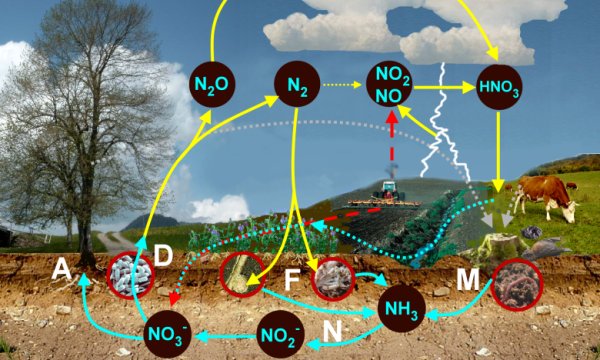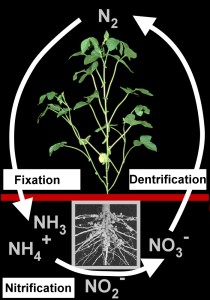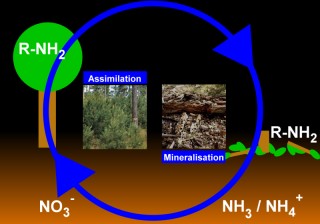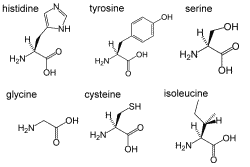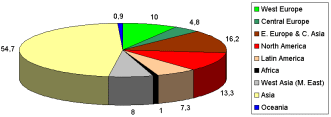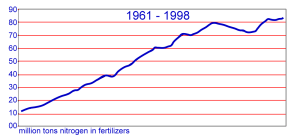 > ACCENT en > Nr 8 April 2006 Ozone & N2 cycle > C: The nitrogen cycle
> ACCENT en > Nr 8 April 2006 Ozone & N2 cycle > C: The nitrogen cycle
|
Context: The nitrogen cycle
|
|
The nitrogen cycle is essential for the life on planet Earth and certainly also for our life as humans. Nitrogen compounds play an important role in the metabolism of living organisms. Many organic molecules in the bodies of plants, animals and humans include nitrogen compounds (for example amino-acids, proteins and DNA).
|
|
Denitrification is the process of reduction of nitrate to nitrogen. It is carried out by microorganisms (Bacillus, Pseudomonas and other bacteria) which switch from oxygen to nitrate respiration in particular in insufficiently ventilated soils. The denitrification process can lead to several intermediates. The most relevant is nitrous oxide. The gases go back to the atmosphere. Nitrous oxide is a long-lived greenhouse gas. Nitrogen fixation is the opposite process of denitrification.
|
|
Accessible nitrogen compounds can be stored in the soil in an inorganic form (nitrate) or be included into a living organism as organic nitrogen. Assimilation is the conversion of inorganic nitrogen (such as nitrate) into an organic form of nitrogen like, for example, an amino acid. Nitrate is reduced for this purpose by enzymes first to nitrite (by nitrate reductase), then to ammonia (by nitrite reductase). Ammonia is incorporated into amino acids. |
Mineralisation (ammoniafication) is a process during which decomposers like earthworms, termites, slugs, snails, bacteria or fungi convert the organic nitrogen of dead plants into inorganic forms. The first step is formation of ammonia and its salts (NH4+X-). Assimiliation and mineralisation are opposed processes
|
|
|
The most important pathways of natural production of nitrogen oxides are oxidation processes under very hot conditions. This can be combustion in the hot part of vegetation fires or oxidation of the (under normal conditions inert) molecular nitrogen in lightning or volcano eruptions.
|
|
Nitrogen oxides and ozone smog In addition to natural sources, humans are responsible for emissions of NO / NO2 from technical combustion processes. The most dominant one is the combustion taking place in car engines. If average concentrations in the air become too high this can, under certain conditions, lead to ozone smog. |
Fertilisation and eutrophication In order to improve growing conditions for crops farmers bring nitrogen containing fertilisers into the soil. This could be called a technical nitrogen fixation, based for example on the ammonia synthesis in the Haber-Bosch process.
|
|
|
If too much fertiliser is added and not taken up by plants it causes a twofold negative impact. Ammonia and nitrate are washed out and end up in water bodies and coastal areas. Here they cause strong growth of plants and algae (phytoplankton) and as a result life in the water can be extinguished if the oxygen content is too much reduced due to decomposition of dying plants.
|
|
Moreover denitrification is enhanced and more nitrous oxide N2O is produced. This increases the greenhouse effect and the nitrous oxide reaching the stratosphere is converted into other nitrogen oxides fostering the depletion of the ozone layer.
|
|

